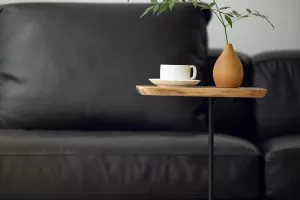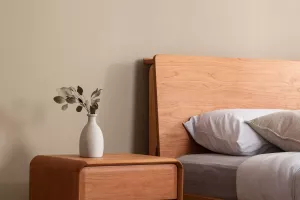Under normal circumstances, the service life of the integrated wall is up to decades, and good maintenance can also be used for a longer period of time.
However, the different materials, maintenance and installation methods of various integrated wall surfaces on the market will affect the service life of integrated wall surfaces.
At present, the wall surface may have the following kinds of problems.
1. The crack caused by the settlement deformation of the house structure, which shows 45° cracking in appearance.
2. Cracks in the connection between the wall and the wall, the wall and the ceiling.
3. Due to the original decoration materials and processes used improperly, resulting in wall base and wall bonding loosened, and the generation of drum-induced cracks.
The wall mold is the most "terrible", slight mold discoloration, most of the time is not to consider the dampness of the room, and use the wrong wall coating.
The most serious is the external wall water seepage, and the wall mold, which requires a comprehensive treatment.
Wall treatment can be done by yourself or entrusted to specialized painters.
General wall treatment needs to be carried out in accordance with the following steps.
1.Treat the wall before painting
Before painting, do the treatment of the wall's base.
Clean up the wall of cinders, stones and other debris.
If there are oil stains, you also need to clean it with detergent, otherwise it will affect the adhesion of the paint.
If there are cracks or dents on the wall, repair them badly first.
Ensure that the wall is flat, dry, free of oil, dirt, etc. and kept clean and tidy.
2.Wall scraping putty
After dealing with the wall base, you should start to scrape putty on the wall.
Generally, you only need to scrape two times, the first horizontal scraping, the second vertical scraping.
Scraping putty should be flat, smooth and even, and every place should be scraped, so that there can be no leakage of scraping.
3.Rough sandpaper sanding
After the wall putty is dry, you need to use sandpaper to sand the putty smoothly.
After sanding, the floating ash on the wall should be cleaned up.
4.Wall sealing primer
After scraping the putty and sanding, you can seal the primer on the wall.
Keep the wall dry and tidy, and then use the spraying method, spraying should be even, there should be no omission.
5.Painting latex paint
Emulsion paint is generally painted 2-3 times, in the case of room temperature, each time the end of painting, you have to wait for about 4 hours.
And so on the last layer of emulsion paint dry, and then the next painting.
When painting should be even, not too thick and not too thin.
6.Fine sandpaper sanding
After a day, wait for the latex paint completely dry, you can use fine sandpaper to sand, wall painting is also a great success.
When painting the wall, you should pay attention to the weather conditions.
It is better not to work on rainy or snowy days because the weather is more humid and the water content of putty and paint is higher and the volume expands.
If they are not dry, they will shrink when the water is completely dry.
It will crack after a long time.
When painting walls, you need to follow the top-to-bottom, vertical brushing method, or you can use the horizontal brushing method for smoothing, but don't miss the brushing.
When painting lime slurry on the wall, you need to keep stirring, otherwise the lime slurry will be precipitated to the wall will appear a strip of varying shades.


